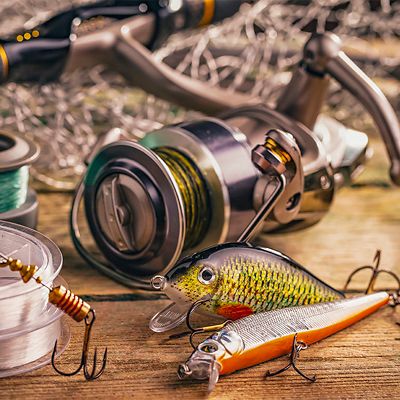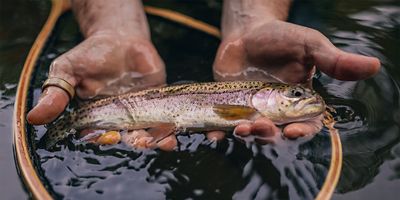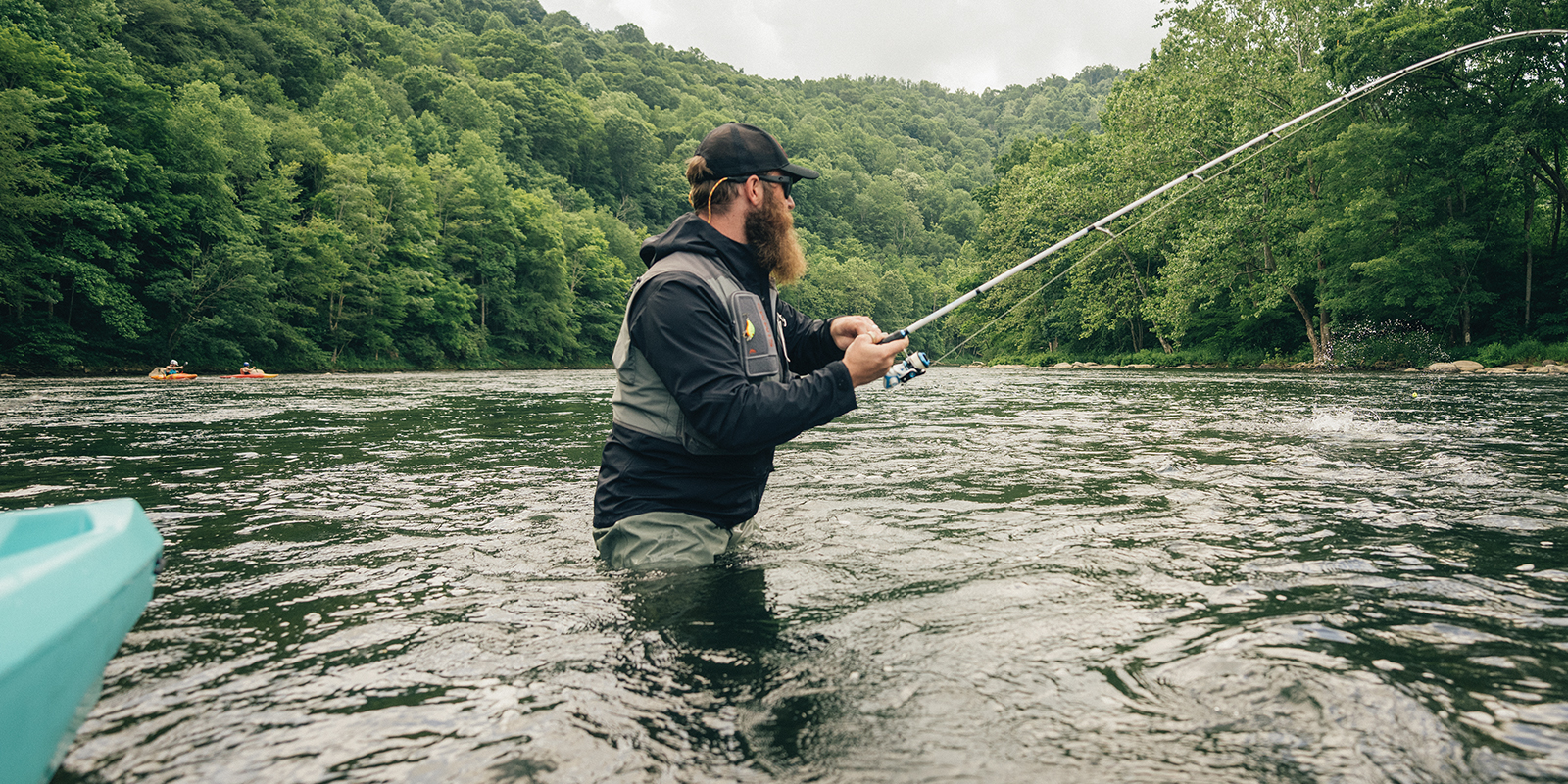For beginner fly fishers, leveling up to a pair of waders is always an exciting step. With waders, you’re no longer stuck to the shoreline or confined to warm water, and that makes it a lot easier to get your fly to the fish year-round. But waders come in all different shapes and sizes, and choosing the right pair can make the difference between a fun day on (and in) the water, and a sweaty, uncomfortable one. Here’s how to choose the right waders for your needs.
Questions To Ask Yourself
First, think about the type of fishing you want to do and what you need to get out of your waders.
Do I need waders?
Do you always fish close to shore, in small streams, from a boat, or in warm summer water? If so, waders might not be necessary. One of the best parts of fly fishing is the excuse it gives you to get wet. But the longer you spend in the water—especially late in the fishing season—the more you’ll want something to protect you from the cold. That’s where waders come in.
How cold is the water?
The waders you need for a backcountry stream in the late summer are going to be different from the ones you’d wear in early spring in a larger river’s early runoff. Insulated waders will be far more comfortable in cold water, but if you wear them on hot days, you’ll likely overheat.
On the other hand, waders without insulation will feel chilly in a cold river. When shopping, consider where and when you plan on using your waders, and look for options designed for that temperature range.
How deep is the water I’ll be fishing?
Waders come in different shapes and sizes (more on that below), and it’s best to choose a pair that’s only as tall as you need for the water you plan to fish in. That way, you’ll be more comfortable, your waders will feel less clunky, and it’ll save you weight in your pack if you’re hiking to your fishing spot. Get a sense for how deep the water might be as well as how far you plan to wade in. Even in big rivers, you might not need chest waders if you plan to stay close to shore.
Will I be hiking to the fishing hole?
If you’ll be carrying your waders long distances or hiking with them on, consider their weight. Lighter materials, stockingfoot models (see below), or a simpler design can save some weight in your pack. The tradeoff, though, is often durability or versatility, so consider the places you’ll be wading and try to find a balance between all the features you’ll need.
Chest, Waist, and Hip Waders
Waders primarily come in three different heights: chest, waist, and hip.
Chest Waders
These are the most popular and the most versatile option because they’re the tallest. As you might expect, they rise up to some point on the chest and are held in place with suspenders, which means you can wade out well over your waist and still stay dry. They’ll work in just about any body of water where you can stand and fish, which makes them a good option for anglers who sample many different locations. Their height also makes it less likely that an errant splash or misstep will get you soaked.
Waist Waders
Sometimes called wading pants, these are one size down from chest waders, and they’re basically waterproof pants that come up to your waist. They’re held in place with a belt or suspenders. Compared to chest waders, they allow more freedom of movement for your upper body, and they’ll keep you dry if you’re only wading up to your thighs.
Hip or Thigh Waders
These look like a cowboy’s chaps. They’re two separate legs (like super tall rain boots) that are held up by attachments to your belt. They’re ideal for fishing in shallow streams (up to your knees or lower thighs) that don’t have strong currents. Hip waders are usually the least expensive and least cumbersome option as well.





